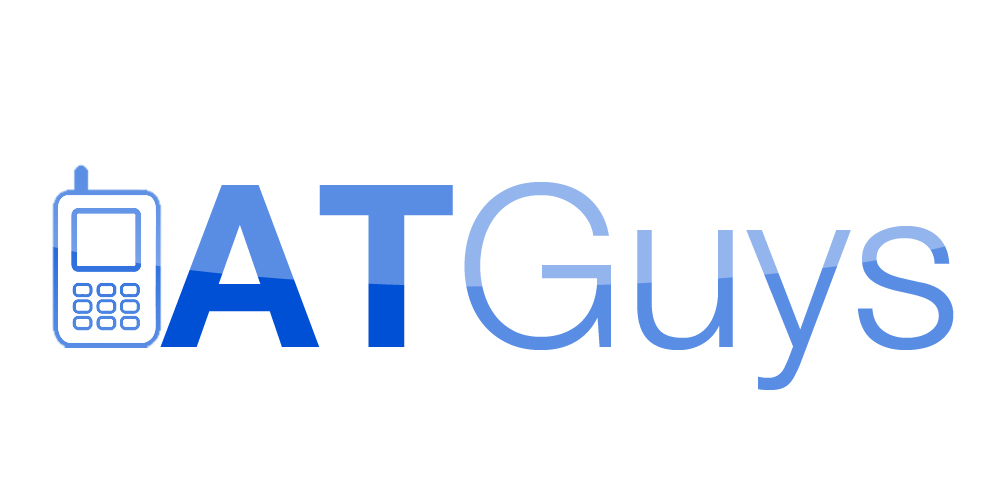With an aging population and the use of computers and mobile devices by blind and visually impaired people on the rise, the importance of a website that is universally accessible to all cannot be understated. Considering accessibility at design time will give your brand a potential wider audience as well as improve the likelihood of higher search engine placement.
Despite the most well-intentioned website designer, we often run into situations where a website becomes difficul or even impossible to navigate or use. Here are a few common mistakes we've seen that can be easily corrected.
Label your Links
To a seasoned web designer, the use of alt tags may seem like elementary knowledge. Still, we see websites every day that neglect to label the links in their navigation bar or give descriptions for important images. Here are some guidelines to keep in mind.
- Include alt tags for all links. The tag should be the name of the link. Do not include the word "link" in the alt tag, as screen access software will already convey this information.
- Include alt tags for important images. These may include pictures of a building or of a product. Give a concise description of the image.
- Use an empty alt tag for Aesthetics such as dividers or image placeholders. If it does not add any redeeming value to your content, it's best to just hide it.
- For logos or word graphics, use the words that appear in the logo or picture as the alt tag.
Use of Headings
While there is no firm guideline on the use of headings, it is generally a good practice to use headings to separate major sections of a web page. Be consistent when using heading levels on your site. Include a heading above the main body of each web page and make this a level one heading. Screen readers include commands to jump to a specific heading level. If a web page includes search results or article headlines, use heading tags at the beginning of each article. The Google search results web page is a good example of this design in practice. If you do not want to alter the visual appearance of a website, use a style sheet to change the appearance of your heading text.
Music on Web Pages
There are few things more annoying to a blind person browsing a website than a loud musical interlude or video playing while they are trying to navigate. Blind users utilize screen readers to read the text that appears on a web page. If music or a video plays as soon as the website is opened, it is difficult or impossible to hear the speech.
Flash Content
Some websites are designed entirely or mostly in Flash. Not only does this pose an accessibility nightmare, it also makes your site difficult or impossible to be indexed by Google and other search engines. While mechanisms exist to create accessible Flash content, not all screen access software interprets the content equally or at all. While Flash may be acceptable for some video content, it's best to use other avenues for creating your site.
Conclusion
Following the above guidelines will give you a tremendous head start in designing your website for universal accessibility. That being said, there is no true substitute for website accessibility testing. A T Guys offers accessibility testing for your website by humans, not a machine. Our testing includes the use of multiple screen readers on both Windows and Mac computers as well as today's popular mobile devices. Please call us at (269) 216-4798 or send us a message to learn more.
